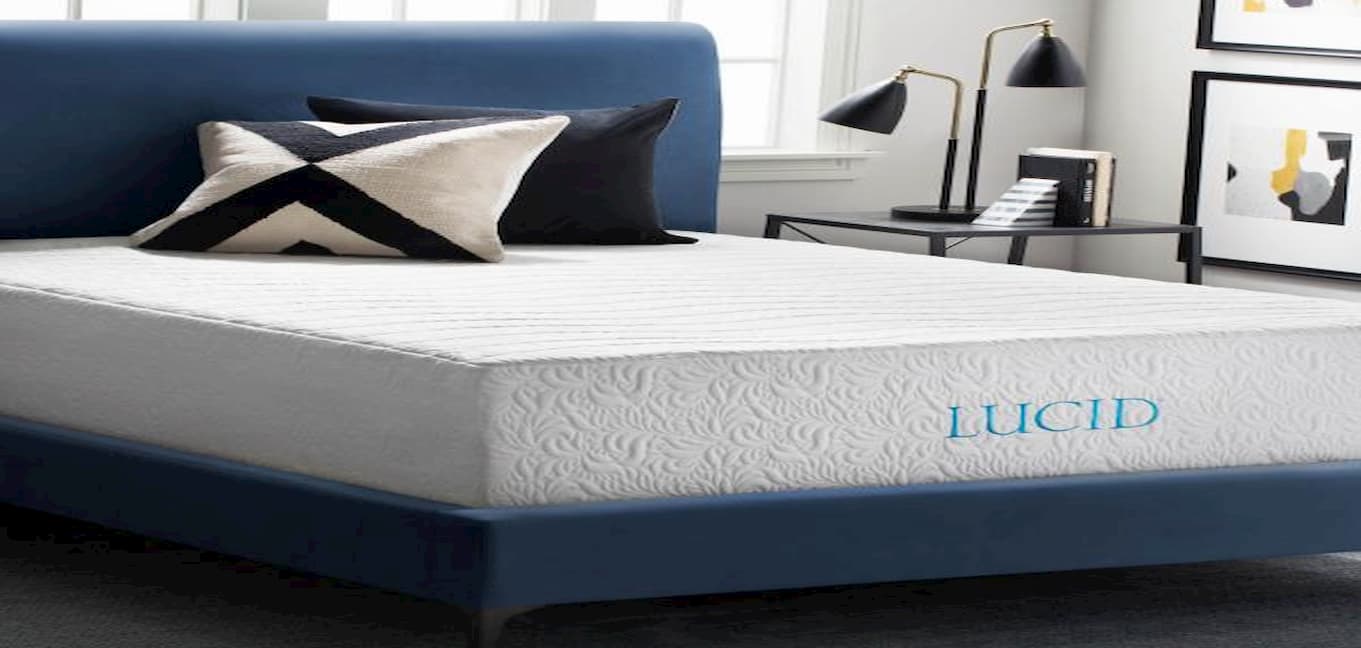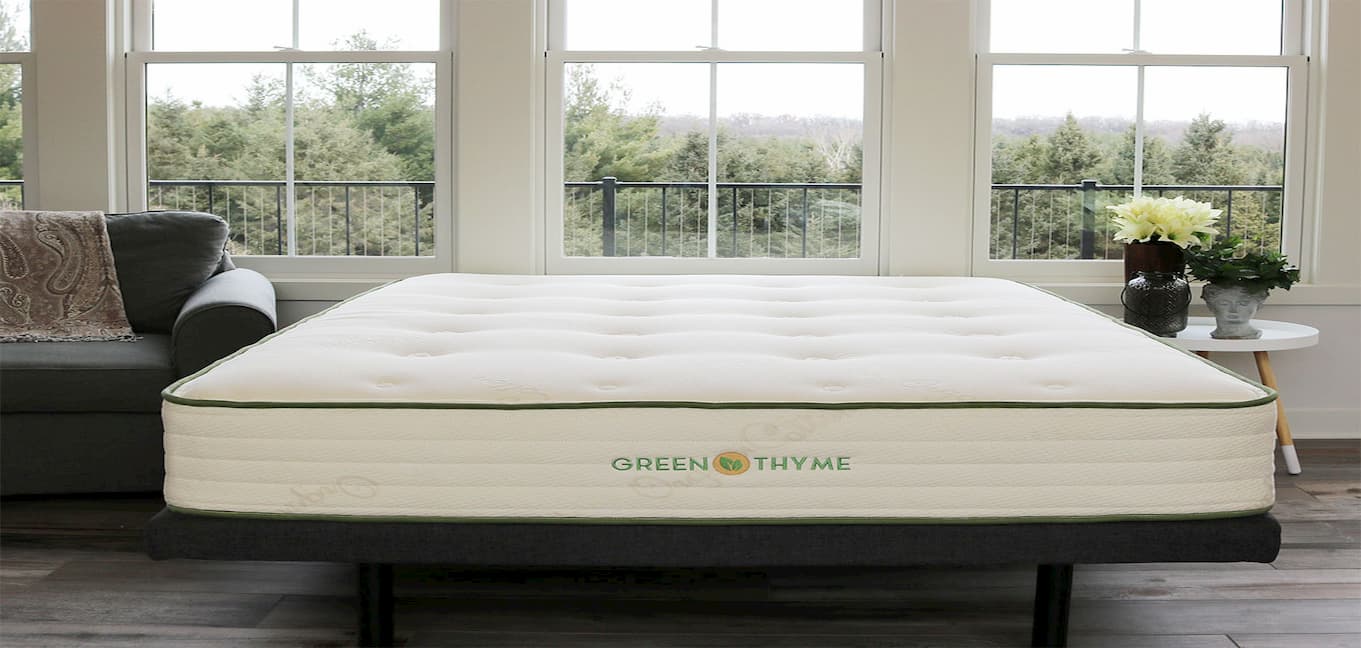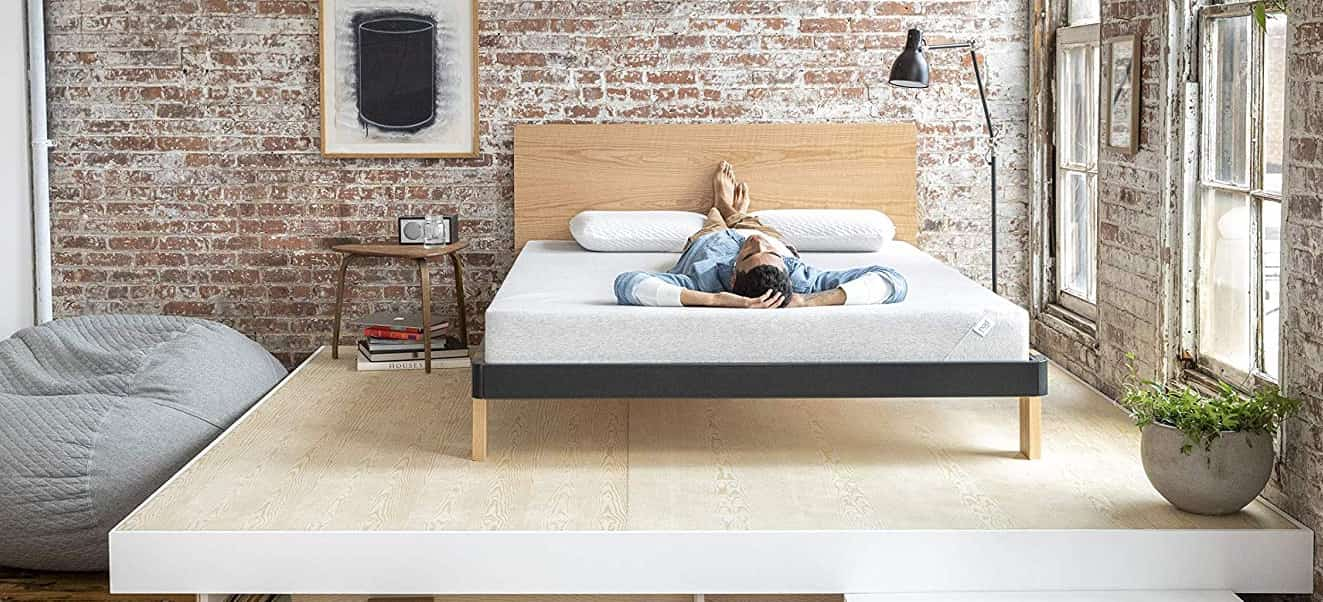You can’t beat a good night’s sleep. Sleep is something to look forward after a long and tiring day at work, a few hours dedicated to complete rest, and a chance to re-energise before another busy day. A comfy mattress is all-important, as is a cosy duvet, but what about a pillow? That rectangular cloth stuff with feathers or other soft titbits, that we use to support our weary heads. Do we really need a pillow when we lay down for forty-winks?
Are Pillows Really Necessary?
Pillows do help to support your head and neck, but they serve other purposes too. Using the right pillows, in the right place can help keep your spine in an appropriate position, supporting the natural curve of your neck. With the right pillow you will be able to ensure your neck remains aligned with your chest and lower back – leading to a comfy and restful night’s sleep.

Are Pillows Bad for Your Neck and Spine?
Using the wrong sort of pillow can be bad for your neck and spine. It’s not the pillow itself that’s the problem, but the way in which you pair the pillow with your preferred sleeping position e.g. a soft, thin pillow is not recommended for those who sleep on their side. The key is to use the right sort of pillow to suit your sleep position, we can explore this further.

The Right Pillow to Compliment Your Sleep Position
Let’s check out the ideal pillow for you, in terms of positioning, thickness and how to choose the most suitable:
- I Sleep on My Side
Side-sleepers need a medium firm to firm pillow that supports the neck and head, and allows the spine to lie naturally in a horizontal line. If you sleep on your side you will need a thicker pillow than required when sleeping on your back, and it should be positioned relatively high up. It’s also considered worthwhile to use a second pillow (ideally quite firm) and to place this one between the knees, this will help to further support the spine.

- I Sleep on My Back
Back-sleepers require a pillow capable of supporting the head, neck and shoulder, and one that’s able to buttress the natural curve of the spine. The pillow should be both supportive (medium firmness should suffice) and pliable. Position wise, aim to place your pillow slightly lower down. Some experts consider sleeping on your back the best way to snooze, as it can encourage a healthier posture.

- I Sleep on My Front
Sleeping on your front can put pressure on your back and neck, as it forces your head into an atypical curve. Experts recommend a thin, soft pillow to ensure you do not place too much strain onto the neck area. Those who sleep on their front could also consider placing another pillow below their pelvis to assist in aligning the spine as they snooze. It’s also wise to consider a breathable pillow, as these allow the air to circulate and will keep you cooler should you bury your face into your pillow as you sleep.
How Often Should You Replace Your Pillow?
It’s wise to remember that pillows can get rather yucky with dust, dead skin and bodily fluids, so we should regularly wash and replace pillows to keep them feeling fresh and ensure we’re getting a healthy night’s sleep.
Author of “Good Night” and clinical psychologist Michael Breus, Ph. D infers the quality of your pillow also comes into play. He suggests a budget polyester pillow should be replaced as often as every six months, with higher quality memory foam pillows or the likes being replaced every 18-36 months.
That said, if your pillow becomes discoloured, loses shape or becomes lumpy and uncomfortable you should replace it immediately, a good night’s shut eye is worth the cost of a new pillow or two.
What Can You Do with Your Old Pillows?
Why chuck out your old pillow when you can do something useful with them? Recycling is the way to go if you’re interested in being environmentally friendly. Here are a few good ideas for your old pillows:
- Treat Fido the dog or Tiddles the cat to a brand-new pet bed. Your beloved pet will enjoy curling up on a soft cushion that smells just like you!
- Are you moving house, or know someone who is? Safeguard delicate items by cushioning them with your old pillows.
- Protect your poor old knees when you kneel to weed the borders or pot your new Geraniums by making a handy garden kneeling pad from your old pillows.
How Do I Dispose of My Old Pillows?
Don’t fancy repurposing your old pillows yourself? How about donating them:
- Ask charities if they can use your old pillows (animal shelters could be a good place to start).
- Advertise old pillows on Freecycle or a similar freebie site – you might find someone else has a project in mind and can utilize them.
- Take your old pillows to a textile recycling point, look for donation bins, such as those provided by the American Textile Recycling Service.
Pillow Talk – Have You Found the Right Pillow for You?
We’ve looked at a number of pillow options in our quest for a good night’s sleep. It seems ensuring we maintain a good posture seems to be key in securing a decent night of shut-eye and making certain we wake in the morning feeling rested and refreshed.
No-one wants to be disturbed during their sleep due to feeling uncomfortable and no-one wants to wake up suffering from pain and stiffness. Unfortunately using the wrong pillow can result in all of this, as can using a pillow that’s past it’s best.

For a good night’s sleep, you need to choose a pillow that compliments your sleeping position. It should be of the right thickness, and should be positioned well. This will ensure your body-alignment is spot-on and provide you with a healthy night of sleep. On a final note don’t forget that fresh is best – wash and replace your pillows regularly.
Night, night – sleep tight!





